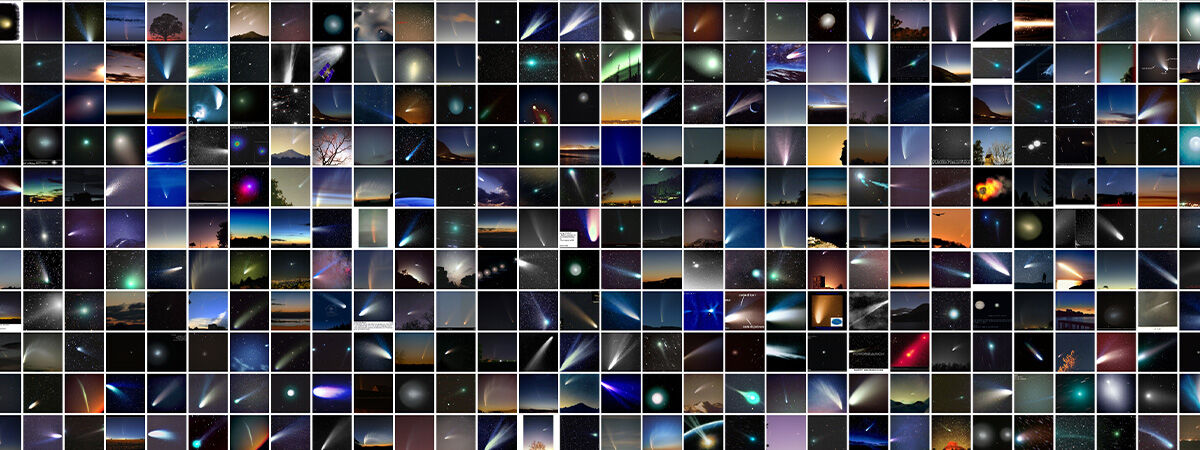WeŌĆÖve all seen images online that donŌĆÖt look quite right, but have we ever considered how they make us feel about the world more generally?
Now a visual culture expert at ╠Į╗©ų▒▓ź (BCU) is exploring what happens when images produced by artificial intelligence (AI) go wrong and asking the all-important question ŌĆō do they have the power to alienate us from the world?
AI image processing models work by finding patterns in data to make predictions. If the data is flawed, theyŌĆÖll learn incorrect patterns that will skew the predictions ŌĆō known as hallucinations. This phenomenon can happen in images too and increasingly influences how we see and experience the world.
ŌĆ£AI is a large part of our lives and already controls many of the choices we make and how we interact with reality,ŌĆØ said Dr Anthony Downey, Professor of Visual Culture in the Middle East and North Africa at BCU.
ŌĆ£AI image-processing models donŌĆÖt experience the world as we do - they replicate a once-removed, distorted depiction of our reality, similar to what weŌĆÖd experience in a house of mirrors at a funfair.
ŌĆ£ItŌĆÖs therefore critical we find creative ways to not only explore this phenomenon, but to challenge the biases and often flawed predictions that power these technologies.ŌĆØ Professor Downey explains.
Professor Downey recently announced a series of initiatives examining the relationship between AI and art practices, which include a book, peer-reviewed journal publications, and conferences.
His recent book, (Sternberg Press, 2024), produced with internationally acclaimed artist , outlines the extent to which hallucinations indicate systemic biases in AI image-processing platforms.
Overviews of the book can be read on the and in the , the latter having been a one-time outlet for the writings and ideas of Charles Darwin, Thomas Henry Huxley, Louis Pasteur, Thomas Edison, and many others.
ŌĆ£AI is making huge waves in the creative sector,ŌĆØ Professor Downey added.
ŌĆ£Given the ŌĆśblack boxŌĆÖ context of AI ŌĆō the fact that its internal workings are opaque to users and programmers alike ŌĆō itŌĆÖs even more important to explore how art practices can engage with these issues and encourage our students to do the same.
ŌĆ£By teaching students to find to think through AI systems, weŌĆÖre equipping them with the digital skills and problem-solving aptitude required for a changing jobs market.ŌĆØ

Data Sets: Omens and Portents (Image Courtesy of Trevor Paglen)
In September, Professor Downey announced the first Special Journal Collection on for (Cambridge University Press). This Collection will publish leading researcherŌĆÖs working in the field of the humanities, social sciences and Generative AI (GenAI).
His research into how powers and maintains the deployment of (AWS) in contemporary warfare also informed a recent issue of (Palgrave Macmillan, 2024) and he will publish his overall findings in this field in a book by MIT Press in 2026.
More recently, Anthony delivered a presentation on this subject as part of project at the Imperial War Museum and at the three-day conference in Berlin in November.
In December, he will give a series of lectures on critical AI and contemporary art practices at BCUŌĆÖs College of Art and Design for staff and students.
Find out more about AnthonyŌĆÖs .
